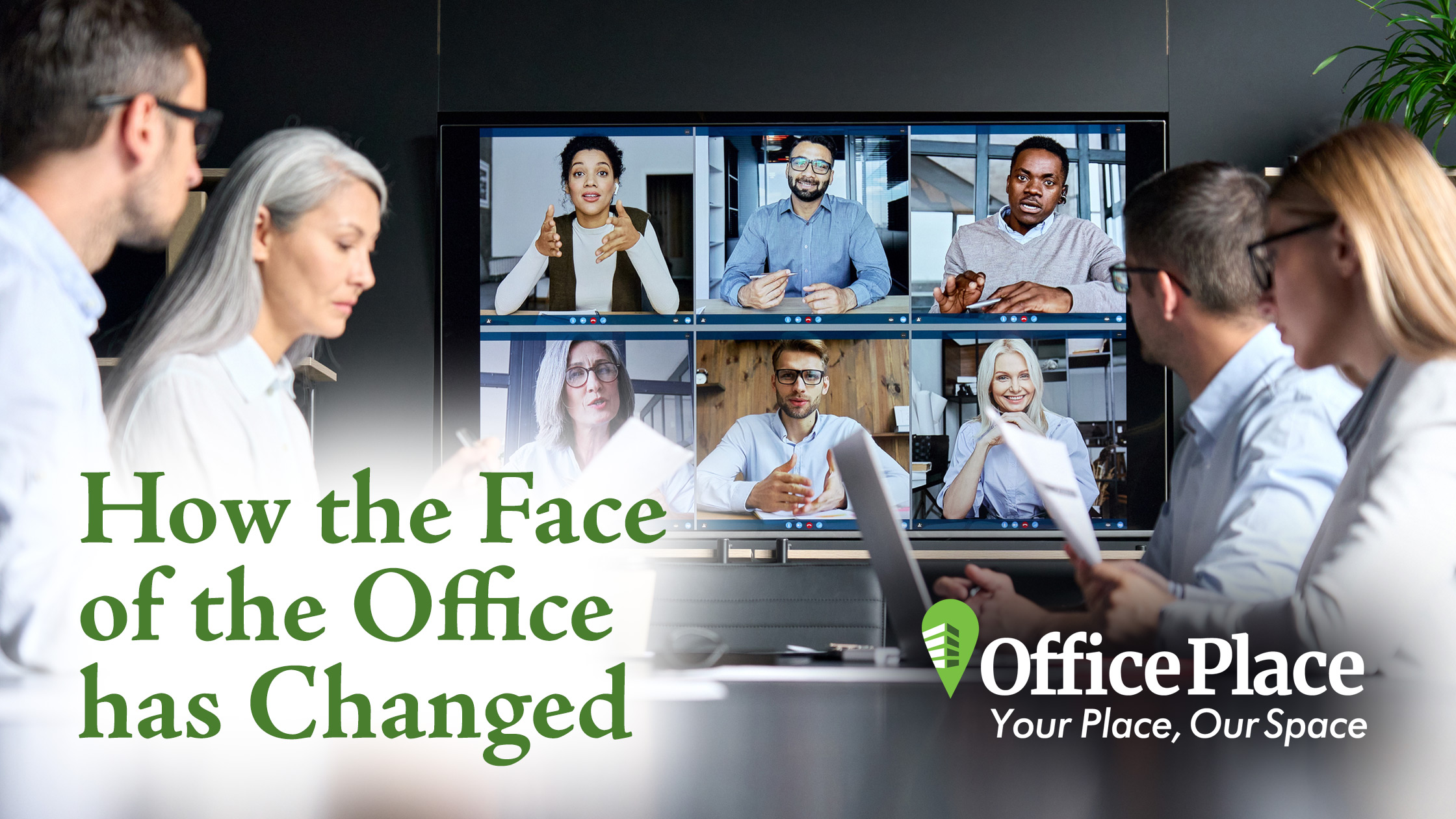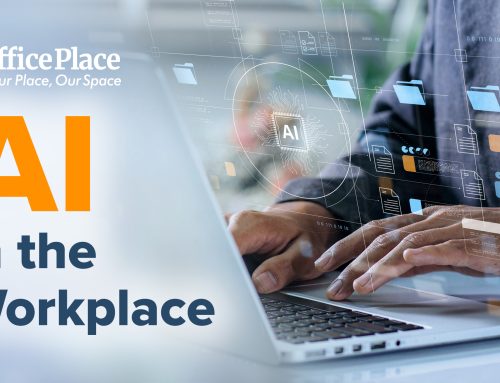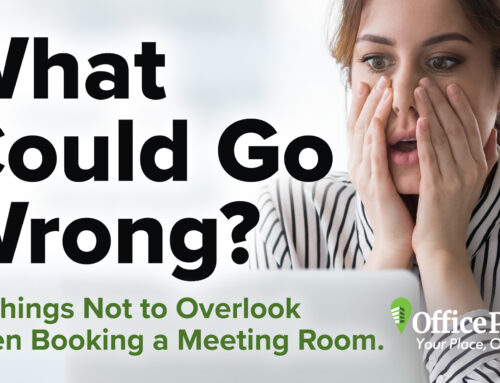How the Face of the Office has Changed
Coming out of Pandemic mode has resulted in changes with today’s workforce. For some, their jobs are behind them, for others they have ventured into start-ups. For office landlords, it means a significant change in their real estate.
With files going electronic, offices are getting smaller and space for storing files and supplies are also getting smaller. Big bulky furniture is being moved out and sleek, trimmer furniture is being moved in. This also means that the current footprint of offices in commercial buildings, are being revamped into smaller more affordable offices and suites. This design has attracted those who may still work for the big corporations but can do so remotely. And for those that have distractions at home, use of an office on an hourly, daily, weekly basis is the newest model of the office also known as flex-space. These small er spaces can also provide a designated space outside the home for those adventurous, new start-ups.
Not only has the actual office been revised, but the culture within the workplace as well. Since the lift of Pandemic restrictions, there has been a shift in the potential workforce applying for open positions and not for the good. Many employers are finding it difficult to manage without key players. *According to Elise Freedman at Korn Ferry as told to Morgan Smith, @wordsmithm, in an article published March 18, 2022, who is assisting companies coordinate the return-to-office plans, “A lot of business leaders have told me that they don’t believe in hybrid work, that it has no place in their culture.” She continues: “But the companies who push for a full return-to-office could see serious ramifications if they don’t offer employees the kind of flexibility and environment they’re asking for….they’ll just leave.” This trend has found that employers will need to make changes within the culture of their companies in an effort to entice remote workers back into the office and bring new employees on board.
Empathy is a skill that has become very important in hiring and retaining good workers. Most households need two incomes and many families need to balance their work and home lives. With company leaders demonstrating empathy, understanding and flexibility in schedules, individuals can face their “work-life” balancing act with confidence. This should also be extended into the interview. For many organizations, this evolution in company culture includes assessing individuals on their contributions and not on how many hours they put in at the office. For the most part, gone are the days of the heavy-handed bosses interested only in the bottom line and pushing their employees to perform at an almost impossible pace to achieve goals and bank more hours than they can easily contribute. This doesn’t mean that leaders won’t hold their employees accountable or push to drive business results. It means that fostering an empathetic and understanding environment, may result in workers being willing to push themselves towards their goals in ways that can satisfy both parties.
Moving into the future of the work world means adapting to these hybrid work models including new trends in surroundings, culture and technology to accommodate a multi-faceted workforce while assisting leaders with their employee retention plan. Finding a comfortable work space with empathetic leaders will also allow employees’ to grow into a more competitive and innovative status.
* CNBC make it




